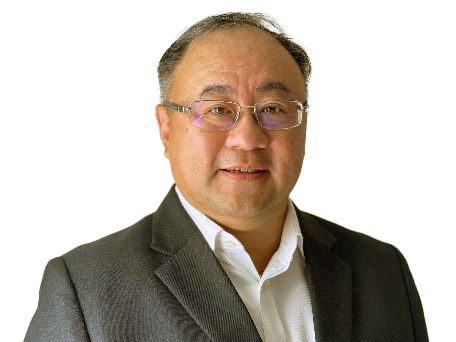Singapore LNG Corp eyes bunkering, storage and expansion to fuel growth
By Benjamin Cher, The Business Times, published 24 September 2024
DEMAND for liquefied natural gas (LNG) in Singapore has grown at a speed that few in the energy industry have seen.
For instance, LNG demand for bunkering has trebled in the last seven months, compared with the year before.
“We are getting a lot more inquiries asking for more slots on the jetty,” Leong Wei Hung, Singapore LNG Corp (SLNG) chief executive officer, told The Business Times.
The increase in demand from the bunkering sector is just part of the growing industrial demand for LNG – seen as a cleaner alternative to diesel or fuel oil – as an energy source of choice.
With clean energy alternatives, such as biodiesel and carbon-neutral fuels, still lacking scale or adoption in the Singapore market, it is clear to Leong that LNG is a transitional fuel on the pathway towards carbon neutrality.
For now, it seems that the world has enough LNG to go around, with scarcity not an issue to grapple with, said Leong.
Sembcorp Industries unit Sembcorp Gas signed a deal in September to import up to 111 billion British thermal units per day of natural gas piped from Indonesia, adding to the supply of LNG for power generation.
The challenge now is in meeting demand ahead of the curve, noted Leong.
SLNG, in October last year, announced plans to build a second LNG terminal. Leong said that updates on that development will be announced next month.
“We’re getting ready to hire more people and train folks, and also, importantly, create the environment for this to be a success,” he added.
With capacity increases and new projects ahead, SLNG is looking to grow its headcount from about 190 now to about 220. The company is not just looking for talent in the energy sector, but also in areas such as human resources, finance and legal.
Energy prices, in theory, should be less volatile with increased capacity, as the unit cost of fuel is lower with more fuel stored. However, the capital expenditure of building storage would ultimately increase tariffs, pointed out Leong.
Rather than just getting fuel at a cheap price, the entire supply chain of power generation has to be optimised, he argued. Renewing assets, from on-shore storage facilities to cogeneration amenities, so that they are more efficient or have higher generation capacity, can help improve reliability and lower tariffs as a whole.
“We are very conscious about investing in energy-capacity expansion, but also, to keep everything at a reasonable cost level, nothing is gold-plated. We want to milk every asset we have,” he said.
Leong, who came on board in February, is currently focused on making sure that SLNG’s capacity-expansion projects are well-staffed and resourced for optimal planning before construction on the terminal begins.
He is also focused on securing Singapore’s reputation as a bunkering hub, by providing enough supply to meet demand.
In the longer-term, SLNG is working on bringing in bio-material to decarbonise the fuel supply, with an eye to win the pilot project for ammonia bunkering and a power generation plant with its partner Sembcorp.
It is also developing carbon-capture solutions alongside petrochemical giants, and plans to harness the cold energy by-product of LNG for other uses.
“This is an exciting time all the way to 2030-31 as we build up these resources,” Leong added. “All of this is going to be an opportunity for personal and career growth for our people.”
Source: The Business Times © SPH Media Limited. Permission required for reproduction

